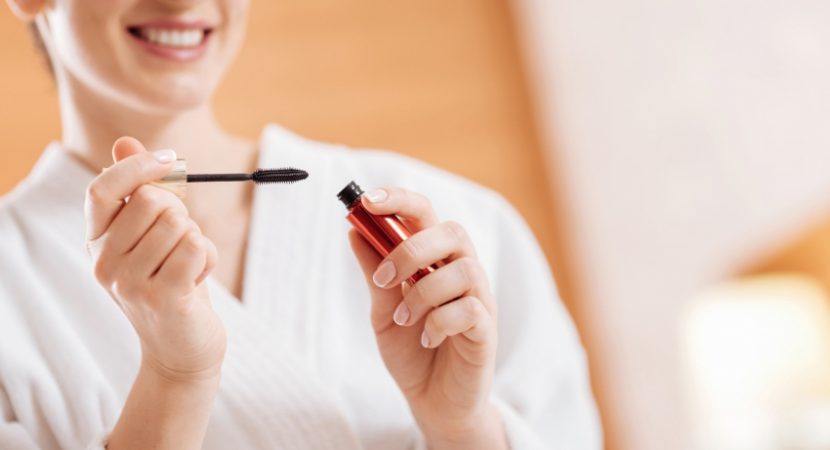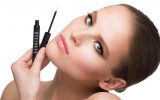The first mascara was a mixture of soot and petroleum jelly. How did it happen that we moved from coating eyelashes with the very mixture to professional, hypoallergenic and conditioning mascaras? Learn the technology used in mascaras.
What’s a mascara? This term probably doesn’t need any explanation. This is definitely the most eagerly and the most frequently used colour cosmetic of all. By using it, we can extend the lashes, darken them and thicken. Although it may seem that mascara is the invention of modern times, the prototypes of mascara were already produced in antiquity.
Antique way for beauty
The Egyptians coloured their eyelashes, eyebrows and entire eyelids black using so-called antimony eye powder. It was produced from galenite or lead sulphate, malachite and soot or charcoal. Later, similar mixtures were used in ancient Babylonia, Greek and Rome, however, they weren’t popular long. Eye enhancing cosmetics remained popular only in Arab countries where till today people use kohl – a well-pigmented combination of herbs used for eye make-up.
First mascara products
Modern times didn’t give us the perfectly designed and well-composed mascaras of various properties. The first mascaras were nothing alike the lash coating products we know nowadays. Their form was similar to a pressed dark cosmetic which had to be applied with either a brush or finger, frequently it had to be mixed with water first. In most cases these were mixtures of soap and pigment with 1:1 proportions.
Later the cream mascara was invented. This mundane and very messy process of getting the mascara from the tube was revolutionized in late 1960s when a mascara brush was produced. Its prototype had the form of a grooved rod to facilitate getting the mascara from the container.
The perfect pigment
Mascara products were always about the colour and this required choosing the right pigment. It’s easy to guess that the soot used in antiquity wasn’t the safest ingredient, yet through many years mascara producers used pigments originated from charcoal or tar. Today, these two substances are banned by the federal law in the USA.
Together with the rising awareness, mascara producers turn to natural mineral pigments which don’t only colour but also conditions eyelashes. However, the most frequently used black pigment is ‘carbon black’, which is either a powdered charcoal or its oxides of lighter hues.
The pigment is not enough
Nowadays, due to the technological advancements the word mascara stands for a composition of synthetic substances. Frequently, it’s made from waxes, oils and water, topped up with pigments. The great majority of mascaras is either paraffin- or beeswax-based, but the modern and hypoallergenic formulas contain plant waxes. What are the other ingredients that a mascara can feature? Mineral oils, vegetable oils, alcohol, proteins and fibres.
Technology in mascaras
Last but not least, here comes an important question. How is mascara made? It’s a combination of certain substances, yet, even if we had them at home, we wouldn’t be able to create a mascara on our own. The production process of mascara is highly advanced. There are two types of mascaras if we take into consideration the way the product is manufactured: water-based mascara and anhydrous mascara.
Regardless of the method applied, today every single mascara undergoes quality tests at various manufacture stages. The cosmetic is mainly checked for its composition (which substances were used). Also, the number of mascaras launched onto the market is kept under controlled.



Leave a Reply